Bridges are important structures especially for an archipelago like the Philippines. It helps people reach their destination easily by land without spending much by traveling air or risky travel by water. In fact, bridges are also created to be a sign of boundaries of two places.
And now, when we talk about longest bridges in the Philippines, there are amazing architectures you may want to check. Below are the longest bridges in the Philippines.
1. Metro Manila Skyway
The Metro Manila Skyway is the country’s longest bridge with 10 km long and 17 km long including Bicutan-Alabang section and is the first fully grade-separated highway in the Philippines. It is elevated highway in Metro Manila crossing over existing South Luzon Expressway (SLEX).
2. Candaba Viaduct
Candaba Viaduct is also known as “Pulian-Apalit Bridge.” It is a 5 kilometers bridge in the North Luzon Expressway (NLEX), consisting of four lanes. Construction Development Corporation of the Philippines (Now, Philippine National Construction Corporation) built it and was designed by Aas-Jakobsen. Also, the viaduct is raised over Candaba Swamp, which keeps the highway open to traffic even when the swamp gets flooded during the rainy or monsoon season.
3. San Juanico Bridge
San Juanico Bridge is one of the longest bridges in the Philippines with a length of 2.16 km. It is part of the Pan-Philippine Highway and stretches from Samar to Leyte across San Juanico Strait. A steel girder viaduct is its longest length and its main span is of an arch-shaped truss design. It is accessible by passenger jeepney, motorcab, bus, or private vehicle. The construction was worth $21.9 million, which started on 1969 and completed four years later. The bridge was also dedicated to Ferdinand Marcos’ wife, Imelda Marcos.
4. Narciso Ramos Bridge
Narciso Ramos Bridge is located in the Province of Pangasinan, Ilocos. It has a length of 1.442 km that connects the towns of Asingan and Sta. Maria in the province of Pangasinan. The bridge was opened in year 1997 and is one of the most important projects of former President Fidel V. Ramos.
5. Buntun Bridge
Buntun Bridge is considered as one of the longest bridge in the Philippines. It has a length of 1.369 that stretches from Tuguegarao City to Solana, Cagayan and spans over the mighty Cagayan River (the largest river basin in the country). It was constructed for the sake of the travelers who want to cross Cagayan River. The bridge has also been known as the gateway to the City of Tuguegarao.
The Buntun Bridge has a total of 15 spans, long enough to carry more than 18 tons of vehicles. The construction was worth 4.6 million-dollar and was contracted to the Construction and Development Corporation of the Philippines (now the Philippine National Construction Corporation).
6. Patapat Viaduct
Patapat viaduct is located at the municipality of Pagudpud, Ilocos Norte. It is elevated 31 meters over sea level and has the length of 1.3 km that connects the Maharlika Highway from Ilocos Region to Cagayan Valley. It is also one of the most scenic and photographed destination in the province.
The concrete coastal bridge has two lanes of traffic. It was constructed by Hanil Development Co, Ltd . and was completed in October 1986. San Juanico Bridge and Patapat Viaduct are both projects done under the Marcos administration that’s why the roads has similarities.
7. Marcelo Fernan Bridge
Marcelo Fernan Bridge is an extra-dosed cable-stayed bridge located at Metro Cebu, which has the length of 1.237 km. It is the second bridge that connects the mainland Cebu to Mactan and has four lanes. It was also constructed with the help of the Japanese Government and was opened in August 1999.
8. Magat Bridge
Magat Bridge is a road bridge located at Cabatuan, Isabela with a length of 0.926 km and was completed in 1991 under the administration of Corazon Aquino.
9. Macapagal Bridge
Macapagal Bridge is the longest bridge in Mindanao; it is located in the outskirts of Butuan City in the province of Agusan Del Norte. It has a length of 0.9076 km that connects the Butuan-Cagayan-Iligan Road and the Philippine-Japan Friendship Bridge. It was completed in May 2007 and was a project funded by Japan bank for International Cooperation for the people in Butuan.
The bridge was lobbied to former President Fidel V. Ramos, then was approved by former President Joseph Estrada, and finally implemented under the administration of former President Gloria Macapagal Arroyo.
10. Mactan Bridge
Mactan Bridge is officially the Serging Osmeña Bridge that connects Mandaue City with lapu-lapu City in Metro Cebu. It has a length of 0.864 km and is one of the two bridges that spans across the Mactan Channel. It was constructed during the term of late President Ferdinand Marcos, which began in 1970. It was then inaugurated in 1972 at 65 million pesos.
People have been using bridges to facilitate mobility since the ancient time. Bridges cross valleys and waters to shorten distances and also reduce travel time. With its the amazing construction that people have accomplished over time, it is interesting to see how these lists changes as bridges become longer.
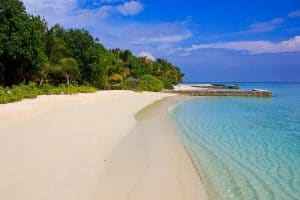
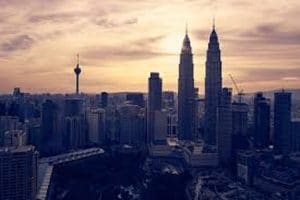



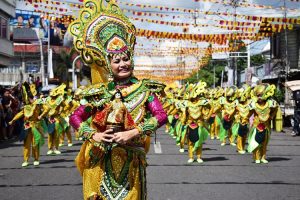
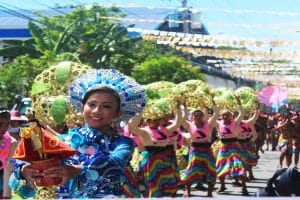
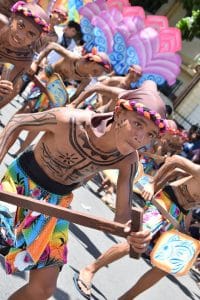
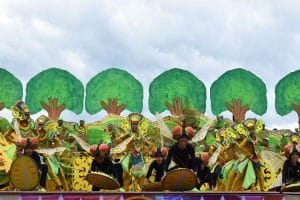
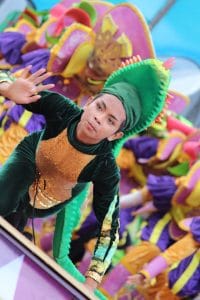
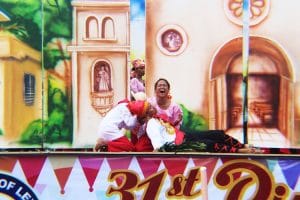
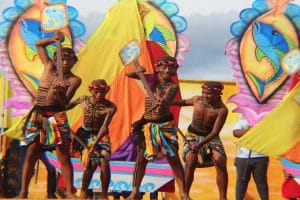
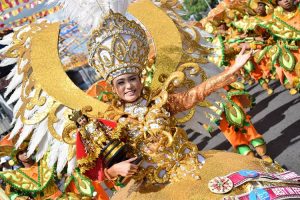

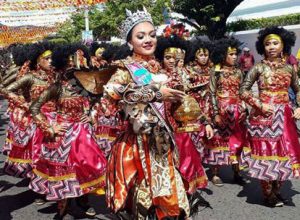
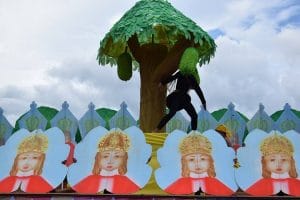
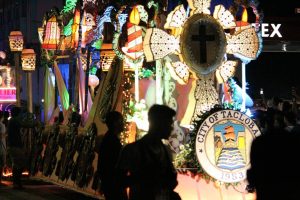
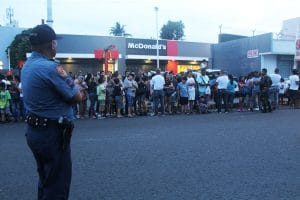

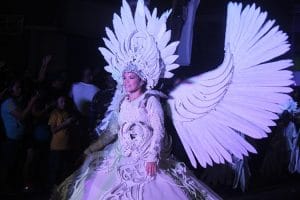
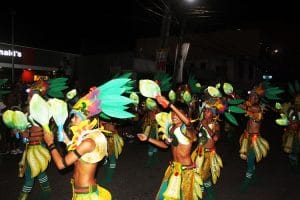
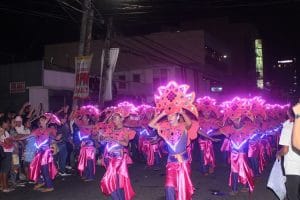
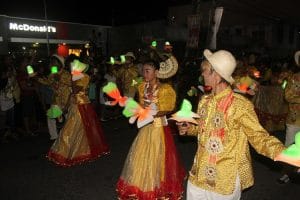
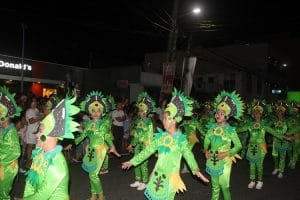

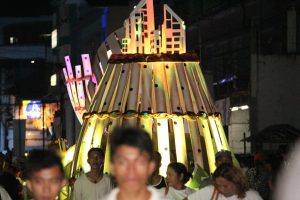

Latest comments